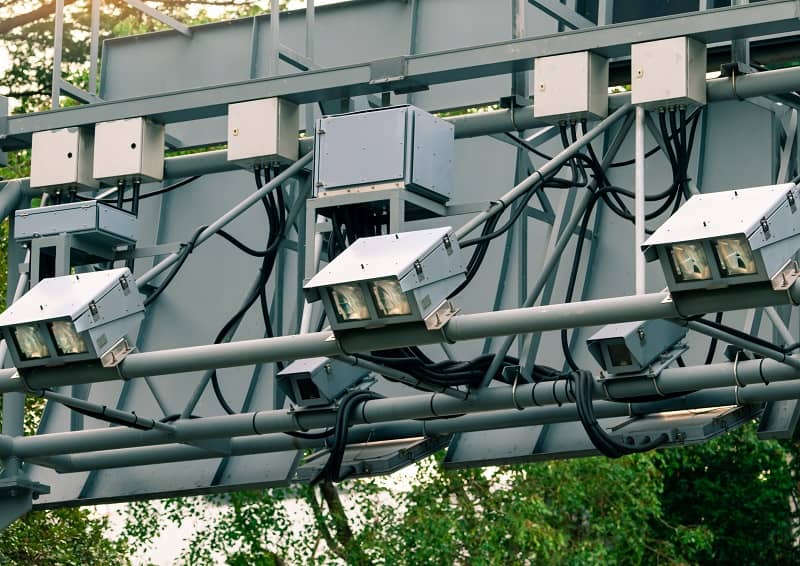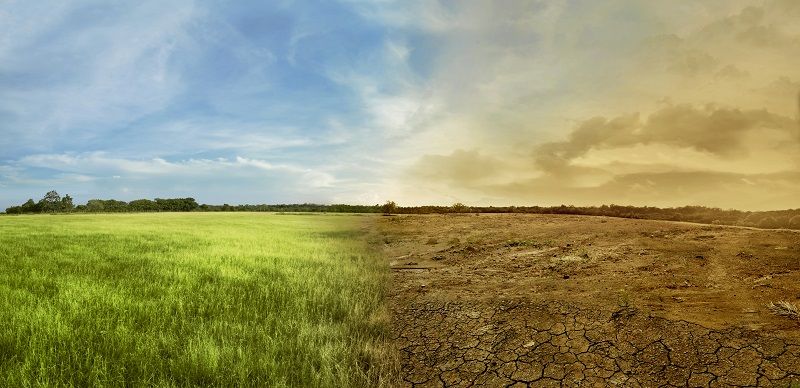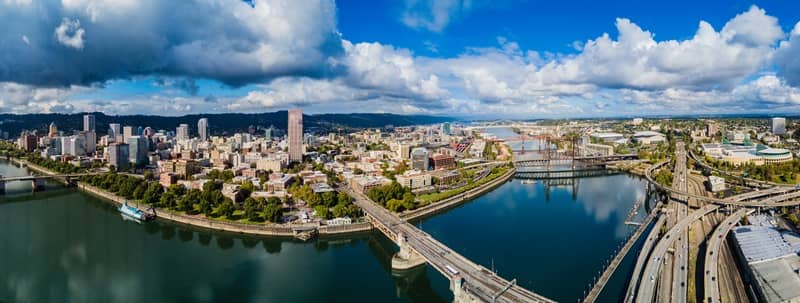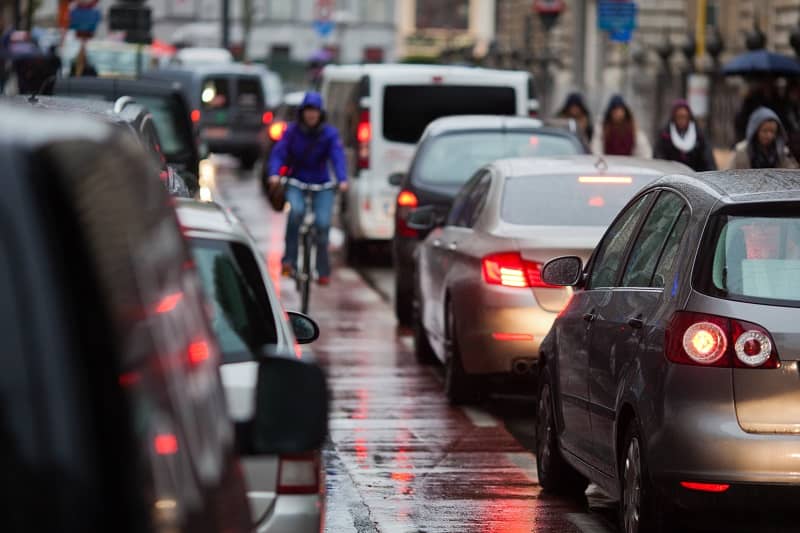Cascade Policy Institute President and CEO John A. Charles, Jr. presented a version of this testimony before the Oregon State Land Board on December 13, 2016.
Re: December 13 SLB hearing on the possible sale of the Elliott State Forest
Dear Land Board members:
I am writing in advance of the December 13 Land Board hearing to summarize my testimony.
First, you were correct in deciding last year that a sale of the trust lands was necessary to fulfill your fiduciary responsibilities to the Common School Fund (CSF) beneficiaries. The continued requests from public land advocates to retain ownership should be ignored.
Unfortunately, your sale protocol is fatally flawed, for two reasons: (1) the four unnecessary “public benefits” requirements inherently devalue the asset; and (2) you are prohibiting competitive bids. Both of these elements ensure that you will not be able to get the best possible offer for the transfer, which you are required to do as fiduciaries.
Any sale should be made through a straight up, no-string-attached auction of the property. That is the only way you can determine fair market value.
To illustrate how much money you are leaving on the table, we’ve done two sets of calculations. In one scenario, we took the difference between the “official” price tag of $220.8 million and the high appraisal of $262 million ($41.2 million), and calculated the value of that over 50 and 100 year periods.
In another scenario, we assumed that the Land Board took the “maximum revenue” approach by dispensing with appraisals and simply selling the Elliott via competitive bid with no public benefit requirements. For this scenario we picked $350 million as a conservative value for what the winning bid might be, then subtracted the official price of $220.8 and used the difference ($129.2 million) as the starting point.
We used two different assumptions about future return rates – the first being the 7.5% used by Oregon PERS, and the second a more conservative rate of 6.0%. The projections are below.
Elliott State Forest sale
Investment projections of net proceeds under various assumptions
| Difference between high appraisal and sale price: $41.2 M | ||||
| Interest rate | 7.5% | 7.5% | 6.0% | 6.0% |
| Time period | 100 years | 50 years | 100 years | 50 years |
| Present value | $41,200,000 | $41,200,000 | $41,200,000 | $41,200,000 |
| Future value | $56,982,781,049 | $1,532,217,537 | $13,979,245,841 | $758,910,356 |
| Difference between market price and sale price: $129.2M | 7.5% | 7.5% | 6.0% | 6.0% |
| Time period | 100 years | 50 years | 100 years | 50 years |
| Present value | $129,200,000 | $129,200,000 | $129,200,000 | $129,200,000 |
| Future value | $178,693,575,522 | $4,804,915,187 | $43,837,829,190 | $2,379,883,932 |
Notice the stunning difference in earnings between the first 50 years and the second 50 years. This is, of course, the miracle of compounding. The refusal of the Land Board to sell off this land in a traditional auction will likely cost public school students somewhere between $44 billion and $179 billion in lost earnings by 2117, and much more in the centuries beyond that.
You have a fiduciary responsibility to the CSF beneficiaries to get the best possible price for the timberland. That can only come through a traditional auction. I urge you to set aside the one offer in front of you and direct the DSL staff to design a new, competitive bid sale protocol to be implemented during 2017.
Sincerely,
John A. Charles, Jr.
President & CEO
Cascade Policy Institute











